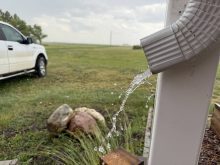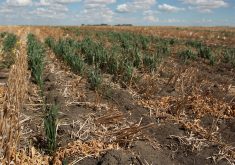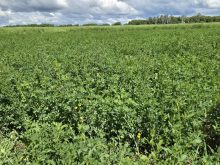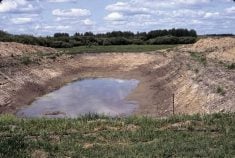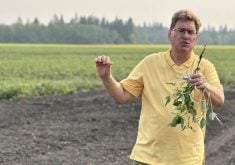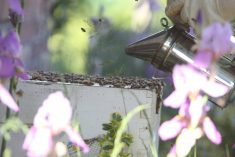Improvements in water levels have yet to impact the 41 shortage advisories that have been issued across the province
Reservoirs across southern Alberta are starting to fill again after a year in which irrigation water resources were stressed but managed to get through a growing season dominated by dry conditions and little precipitation.
The one major exception is the Oldman Dam reservoir, which continues to see levels drop, albeit at a much slower rate since the Lethbridge Northern Irrigation District shut down earlier this month.
Reservoir levels at the Oldman Dam are at 27 percent and continuing to fall as of Oct. 15 with more water continuing to be discharged than is going in from the upper Oldman, Castle and Crowsnest rivers.
Read Also
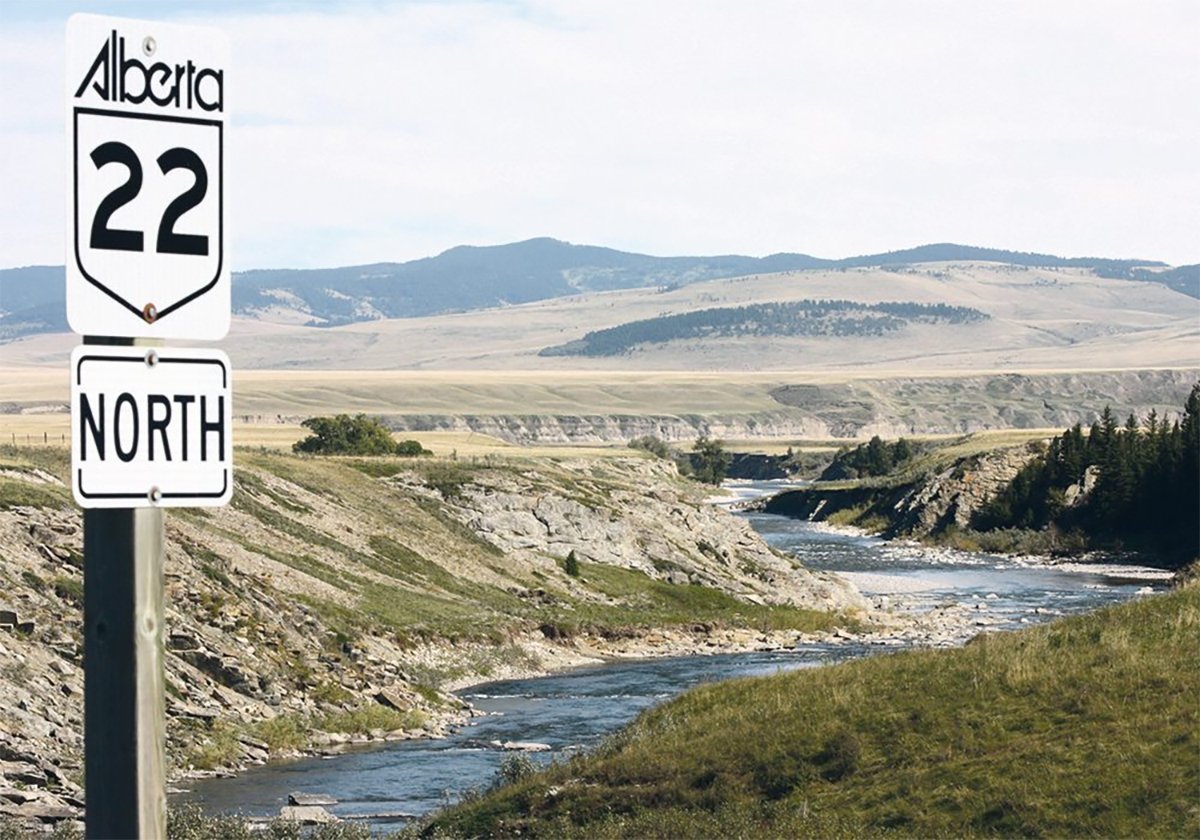
New coal mine proposal met with old concerns
A smaller version of the previously rejected Grassy Mountain coal mine project in Crowsnest Pass is back on the table, and the Livingstone Landowners Group continues to voice concerns about the environmental risks.
Alberta Agriculture, which manages the reservoir, has not provided comment regarding the situation despite repeated requests.
The provincial agriculture ministry took over management of the reservoir from Alberta Environment in 2022 along with the St. Mary Reservoir, which was sitting at two percent of capacity at the end of September.
Reservoirs along the Bow River are gaining ground, however, with those that feed the Bow River and Eastern irrigation districts at worst stabilizing, while many are increasing storage levels.
But the improvements have yet to impact the 41 water shortage advisories that have been issued across the province nor has it been enough to deescalate the level of Alberta’s Water Shortage Management Plan, which has been at Stage 4 since July. Stage 5, the highest level, would see an emergency declaration issued under the Water Act.
Despite the plan moving to five stages in 2019, several municipalities in southern Alberta continue to link their local drought management plans to the older provincial strategy.
That includes Cypress County, which passed an updated municipal water shortage plan in September 2022.
Mike Murray, executive director of the Bow River Basin Council, said while his group’s namesake water body may be able to withstand the pressures of this year, more work needs to be done to understand the ecological effects impacting the watershed.
“That, unfortunately I think, is where we know the least about,” Murray said.
“What is happening to our streams and ecosystems that require water? High temperatures, low water values — what effect does that have?”
The main river systems might provide shelter for fish species, but it’s not well understood what happens when tributaries are reduced to levels that can’t support them.
“That is the great unknown,” said Murray.
“And how much worse is it made by us humans taking the water we need? Is it an effect that is forever or is it just a temporary effect?”
It will likely be part of the conversation for water stakeholders who make up the South Saskatchewan River Basin Intrabasin Water Co-ordinating Committee (IWCC) when they meet for their fall meeting.
The IWCC was formed in the wake of Alberta’s 2003 Water for Life Strategy, which subsequently placed a moratorium on new water licences being issued for the Oldman, Bow and South Saskatchewan rivers in 2006.
The committee comprises the region’s four watershed planning and advisory councils. In addition to the Bow River Basin Council, the IWCC includes the Red Deer River Watershed Alliance, Oldman Watershed Council and the South East Alberta Watershed Alliance.
It is tasked with providing “advice to Alberta Environment on managing water during periods of water shortage in any or all of the sub-basins,” according to its terms of reference.
Those original terms were put in place 17 years ago, and a special effort hasn’t been needed to meet Alberta’s inter-provincial obligations to send water downstream to Saskatchewan outside of 1988 and 2001. However, the committee did envision that might not always be the case.
“This is expected to change in the future as the result of the existing allocations being utilized more completely, allocations to First Nations and new allocations in the Red Deer River sub-basin,” according to the committee’s terms of reference.
Murray said water management is complicated and highly variable with no two years the same.
The current state of the Bow River isn’t great, but municipalities should be able to manage, while the irrigation reservoirs aren’t quite at a critical state.
“The real challenge is going to be not this year, but if we carry on with the low water conditions to another year, that’s where you are going to see — time will tell — some real stress happen,” said Murray.
Reservoirs have been tapped and fall moisture, winter snowpack and spring rains will determine how next year’s growing season turns out for irrigators.
“That might mean there is less water to start the growing season next year, and if you don’t get any new water, or there is very little of it, that could seriously affect your planning for what you are going to do that year,” said Murray.
“But drought is a wait-and-see game.”
The Eastern Irrigation District (EID), which draws from the Bow River, has set a target date of Nov. 10 to reach its winter level on its Lake Newell reservoir, with Snake Lake’s target set for a week following that and the Crawling Valley Reservoir on Nov. 24.
As of Oct. 13, Lake Newell was three-quarters of the way to hitting that initial target, and EID’s combined reservoir capacity levels surpassed the 50 percent full mark earlier in the month.






